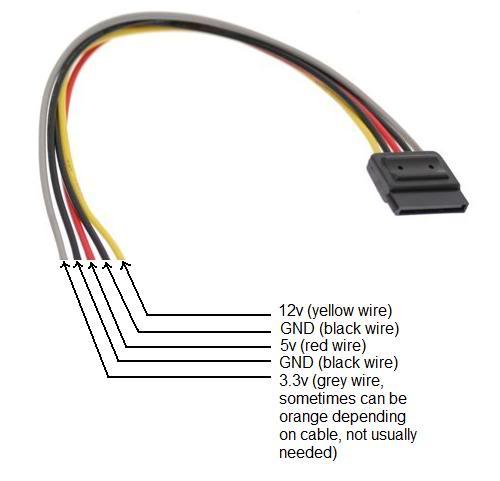

After booting up the PC and returning to the storage information in the BIOS, we can see that the Western Digital drive is indeed being recognized - and if you boot into Windows or whichever operating system you're using, you will see the drive and be able to partition it and format it. Going back to the computer, while the Kapton tape is on the third pin, connect the power cable which will slip right over the tape, and then the data cable. The tape is too long for the pin, so snip off the excess with some scissors. I highly recommend that you use an ESD wrist strap while you're doing this, as you are touching the contacts of the drive. Next, on the hard drive, locate the third pin, and gently apply the tape.

The goal here is to cut a thin strip of tape - enough to cover that third pin - so take a razor and gently slice off a strip of tape. The SATA Express host connector is backward compatible with the standard 3.5-inch SATA data connector, allowing up to two legacy SATA devices to connect. It is intended for providing a smooth transition path from SATA to PCIe storage. Then take a piece of cardboard and place it underneath. SATA Express is an interface that supports either SATA or PCI Express storage devices. Take a piece of backing paper from a sheet of labels and place the tape onto it. It's a special type of non-conductive tape that's stable at both low and high temperatures, and is yellowish in color. The first solution involves a piece of Kapton tape to cover that third pin.


 0 kommentar(er)
0 kommentar(er)
